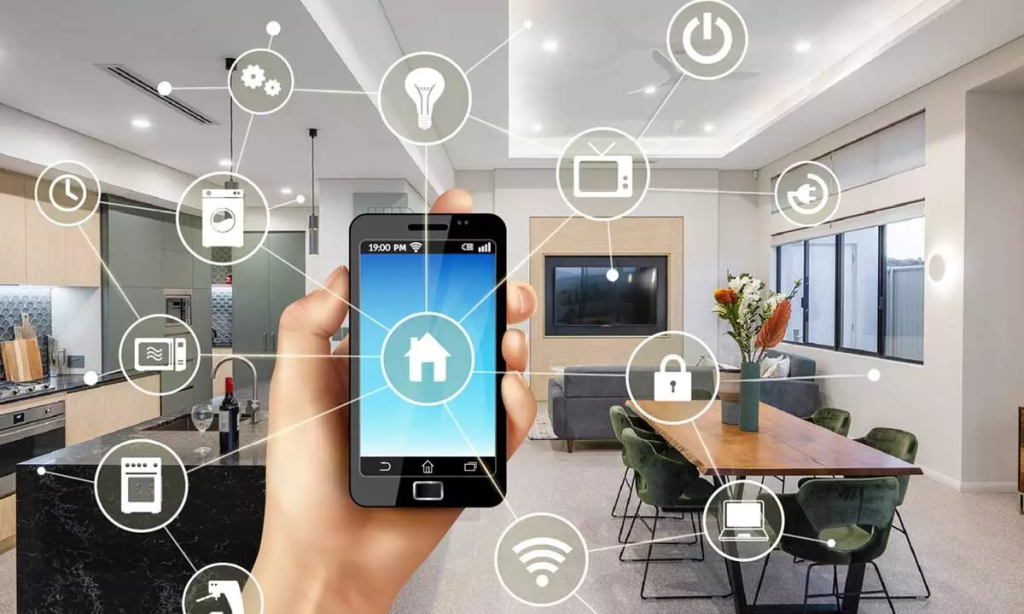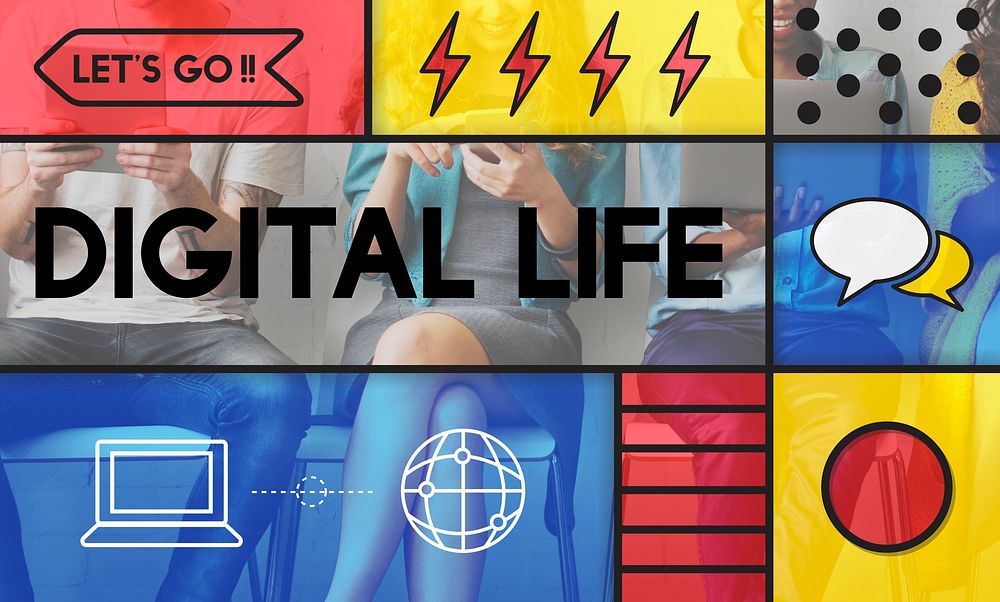Embark on a journey into the future with The Future of Digilife in Smart Living Environments. This topic delves into the seamless integration of technology in our daily lives, offering a glimpse into the innovative solutions that shape our living spaces.
Explore the key components and advancements that define smart living environments, paving the way for a more connected and sustainable future.
Overview of Smart Living Environments

Smart living environments refer to spaces where technology is seamlessly integrated to enhance the quality of life for individuals. These environments are becoming increasingly essential in modern society as they offer convenience, comfort, and efficiency in daily living.
Key Components of Smart Living Environments
- Sensors and Internet of Things (IoT) devices: These devices collect data and enable communication between different aspects of the environment, such as lighting, temperature, and security systems.
- Smart appliances: Devices like smart thermostats, refrigerators, and lighting systems can be controlled remotely through smartphones or voice commands, optimizing energy usage and improving convenience.
- Automation systems: Automated processes for tasks like managing home security, adjusting lighting, and regulating temperatures contribute to a more efficient and streamlined living experience.
Integration of Technology in Daily Life
Technology in smart living environments plays a crucial role in simplifying daily tasks and enhancing overall well-being. For instance, voice assistants like Amazon Alexa or Google Assistant provide hands-free control over various devices and services, making it easier to manage schedules, access information, and control smart devices.
Examples of Smart Living Environment Solutions
- Smart thermostats like Nest Learning Thermostat learn user preferences and adjust temperatures accordingly, saving energy and increasing comfort.
- Smart lighting systems such as Philips Hue allow users to customize lighting settings, create ambiance, and even sync lighting with music or movies for an immersive experience.
- Home security systems like Ring provide real-time monitoring, video surveillance, and remote access to ensure the safety of residents and property.
Technology Integration in Digilife

Technology plays a crucial role in shaping the future of digilife within smart living environments. From IoT devices to AI-powered systems, advancements in technology are enhancing daily experiences in smart homes.
IoT Devices in Smart Homes
IoT devices are revolutionizing smart living environments by connecting various appliances and systems to create a seamless and interconnected ecosystem. These devices enable users to remotely control and monitor their homes, increasing convenience and efficiency in daily tasks.
AI's Impact on Personalized Interactions
Artificial Intelligence (AI) is transforming smart living spaces by enabling personalized interactions with devices. AI-powered assistants can learn user preferences and habits to provide tailored recommendations and assistance, enhancing the overall user experience within the home environment.
Voice-Controlled Systems for Home Automation
Advancements in voice-controlled systems have simplified home automation by allowing users to control various devices and systems through voice commands. Voice assistants like Amazon Alexa and Google Assistant are increasingly integrated into smart homes, offering hands-free control and seamless interaction with connected devices.
Connectivity and Security Challenges
In the realm of smart living environments, ensuring seamless connectivity among various devices is crucial for a harmonious user experience. However, this connectivity also brings along a set of security challenges that need to be addressed effectively to protect personal data and privacy.
Importance of Cybersecurity Measures
In smart living environments, the importance of cybersecurity measures cannot be overstated. With the interconnected nature of smart devices, there is a higher risk of cyberattacks and breaches that could compromise sensitive personal data. Implementing robust cybersecurity protocols is essential to safeguard against such threats.
Comparison of Device Communication Protocols
- Wi-Fi: One of the most common protocols used for device communication in smart homes due to its widespread availability and ease of use.
- Z-Wave: A wireless communication protocol designed specifically for home automation, known for its low power consumption and reliability.
- Bluetooth: Another popular protocol for connecting smart devices, offering short-range connectivity and compatibility with a wide range of devices.
Identifying Vulnerabilities and Proposed Solutions
- Weak Passwords: One of the common vulnerabilities in smart living environments is the use of weak passwords, making it easier for hackers to gain unauthorized access. Encouraging the use of strong, unique passwords can help mitigate this risk.
- Outdated Software: Devices running on outdated software versions are more susceptible to security breaches. Regular software updates and patches are essential to address vulnerabilities and enhance security.
- Insecure Networks: Insecure Wi-Fi networks can provide an entry point for cybercriminals to infiltrate smart devices. Implementing network encryption and firewalls can help secure the network and prevent unauthorized access.
Sustainable Practices in Smart Living

Smart technology plays a crucial role in promoting energy efficiency and sustainability in smart living environments. By integrating renewable energy sources within smart homes, individuals can reduce their carbon footprint and lower energy costs. Additionally, smart devices can help monitor energy consumption and adjust settings to minimize environmental impact.
Benefits of Integrating Renewable Energy Sources
- Reduced reliance on non-renewable energy sources like fossil fuels.
- Lower energy bills over time due to the use of free and abundant renewable resources.
- Contribution to a cleaner environment by reducing greenhouse gas emissions.
Examples of Eco-Friendly Initiatives
- Installation of solar panels to generate electricity from sunlight.
- Use of smart thermostats to optimize heating and cooling systems for energy efficiency.
- Implementation of rainwater harvesting systems to reduce water wastage.
Conclusive Thoughts
In conclusion, The Future of Digilife in Smart Living Environments showcases the transformative power of technology in redefining our living spaces. From connectivity challenges to sustainable practices, this discussion highlights the dynamic evolution towards a smarter and greener future.
Commonly Asked Questions
How does AI impact personalized interactions in smart living spaces?
AI enhances personalized interactions by analyzing preferences and behavior patterns, offering tailored solutions for a more customized experience.
What are the benefits of integrating renewable energy sources in smart homes?
Integrating renewable energy sources promotes sustainability, reduces carbon footprint, and lowers energy costs in smart living environments.
How do smart devices help monitor and reduce environmental impact?
Smart devices track energy usage, optimize resource consumption, and enable eco-friendly practices to minimize environmental impact in smart living environments.







